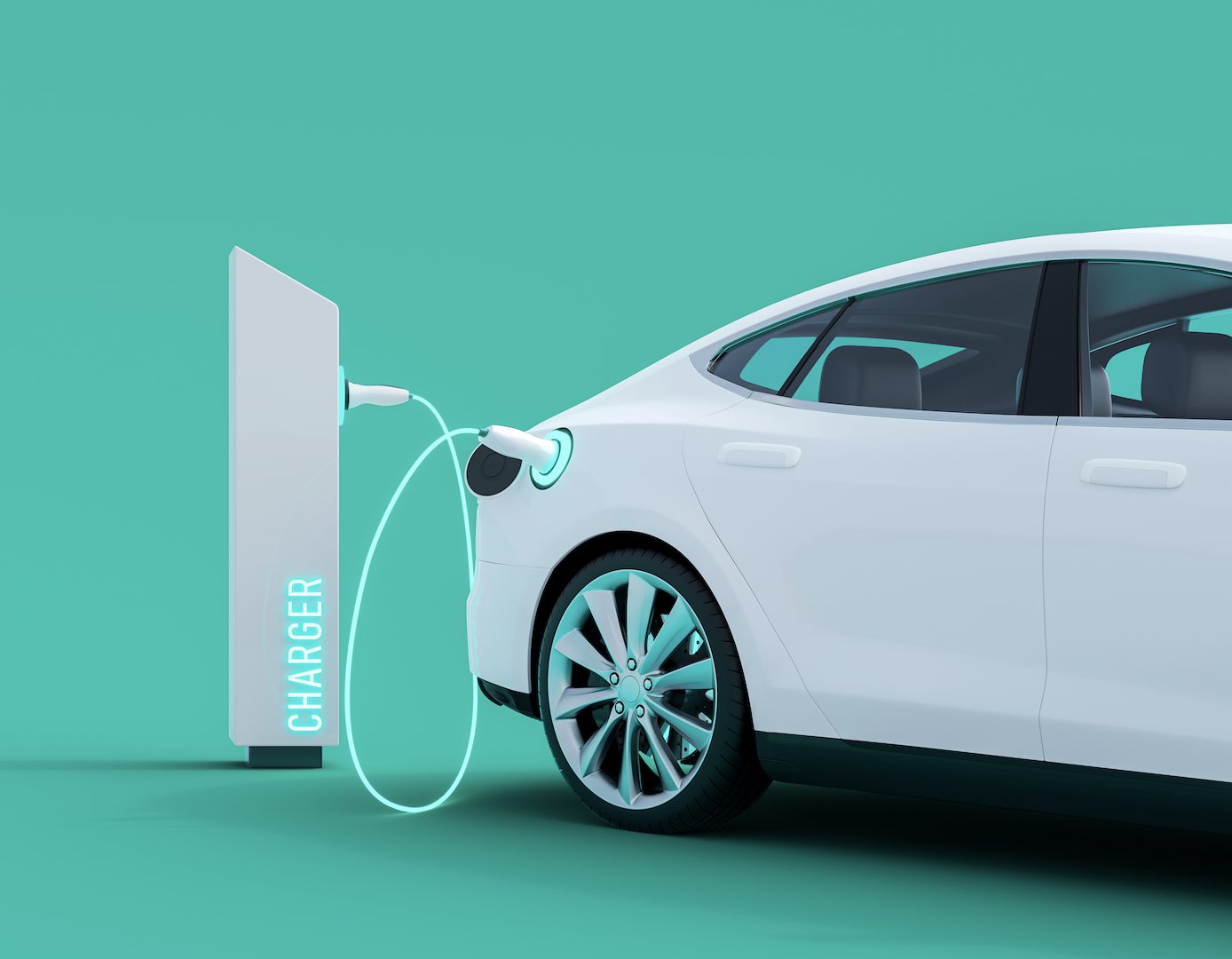
The automotive industry is undergoing a transformative shift towards sustainability and shared mobility. As electric vehicles (EVs) gain traction, they are becoming a cornerstone of the sharing economy, redefining the way we view transportation. In this blog post, we’ll delve into the intersection of electric vehicles and the sharing economy, exploring how this dynamic duo is shaping the future of mobility.
1. Electric Vehicles and Shared Mobility: A Perfect Match
Electric vehicles and shared mobility are a perfect match for several reasons. EVs, known for their efficiency and lower operational costs, align seamlessly with the goals of shared transportation, which aims to provide cost-effective, convenient, and environmentally friendly options.
Shared mobility services, such as ridesharing, car-sharing, and electric scooter rentals, have gained popularity in urban areas. With the growing availability of EVs in these services, the environmental impact of transportation is substantially reduced. Shared electric vehicles are seen as a crucial component of sustainable urban mobility.
2. Ridesharing and Electric Vehicles
Ridesharing platforms like Uber and Lyft have taken the world by storm, providing an alternative to traditional taxi services. As these platforms transition to electric vehicles, they contribute significantly to the reduction of carbon emissions in densely populated cities.
Many ridesharing companies offer electric vehicle options for drivers, promoting the adoption of EVs within their fleets. Additionally, these companies often provide incentives for drivers who use electric vehicles, further accelerating the shift towards sustainable transportation.
3. Car-Sharing Services
Car-sharing services like Zipcar and Car2Go have reshaped personal transportation. These services allow users to rent vehicles by the hour or day, providing access to a variety of vehicles, including electric cars. For urban dwellers who don’t want the responsibility of car ownership, electric car-sharing offers a sustainable and cost-effective alternative.
By incorporating electric vehicles into their fleets, car-sharing companies help users experience the benefits of EVs without the long-term commitment of ownership. This model not only reduces the carbon footprint but also eases traffic congestion and parking issues in crowded urban areas.
4. Electric Scooter Rentals
Electric scooters have become a common sight in many cities, offering a convenient and eco-friendly mode of transportation for short trips. Electric scooter rental services like Lime and Bird are contributing to the reduction of greenhouse gas emissions and congestion on the roads.
With their efficient electric motors, scooters have a low environmental impact, making them an ideal choice for eco-conscious commuters. These services provide an excellent example of how the sharing economy can leverage electric vehicles for micro-mobility solutions.
5. Environmental Benefits
The environmental benefits of the marriage between electric vehicles and the sharing economy are substantial. EVs produce zero tailpipe emissions, reducing air pollution and promoting cleaner air in urban areas. When integrated into shared mobility services, these benefits are amplified as multiple users can benefit from a single electric vehicle.
Moreover, electric vehicles are often charged with electricity generated from renewable sources, further reducing their carbon footprint. This holistic approach to sustainable transportation aligns with the broader global goals of combating climate change.
6. Economic and Social Impact
The transition to electric vehicles within the sharing economy has significant economic and social implications. It creates job opportunities in the electric vehicle sector, from manufacturing to maintenance and charging infrastructure development. Moreover, it reduces the overall cost of transportation for users, making mobility more affordable and accessible.
The sharing economy also fosters a sense of community and cooperation. By sharing resources, individuals and businesses contribute to a more sustainable and interconnected society. This collaborative approach to transportation is not just about reducing carbon emissions but also building a greener and more socially conscious future.
7. The Future of Mobility
The future of mobility is undoubtedly electric and shared. As electric vehicles become more affordable and accessible, and as shared mobility services expand their EV fleets, we can expect a significant shift away from gasoline-powered cars. This shift will lead to a reduction in greenhouse gas emissions, air pollution, and congestion, ultimately making our cities more livable and sustainable.
In conclusion, the intersection of electric vehicles and the sharing economy represents a powerful force in shaping the future of mobility. This dynamic partnership offers environmentally friendly, cost-effective, and convenient transportation solutions for urban and suburban areas. As more individuals and cities embrace shared electric mobility, we move one step closer to a cleaner, more sustainable, and socially connected world. Electric vehicles in the sharing economy are not just a trend; they are the future of transportation.


